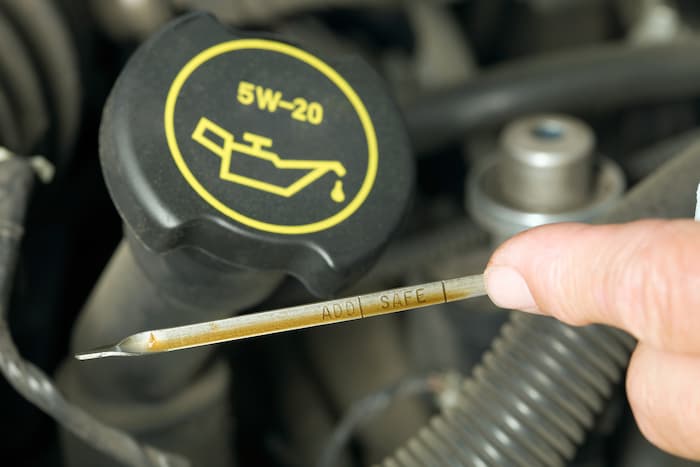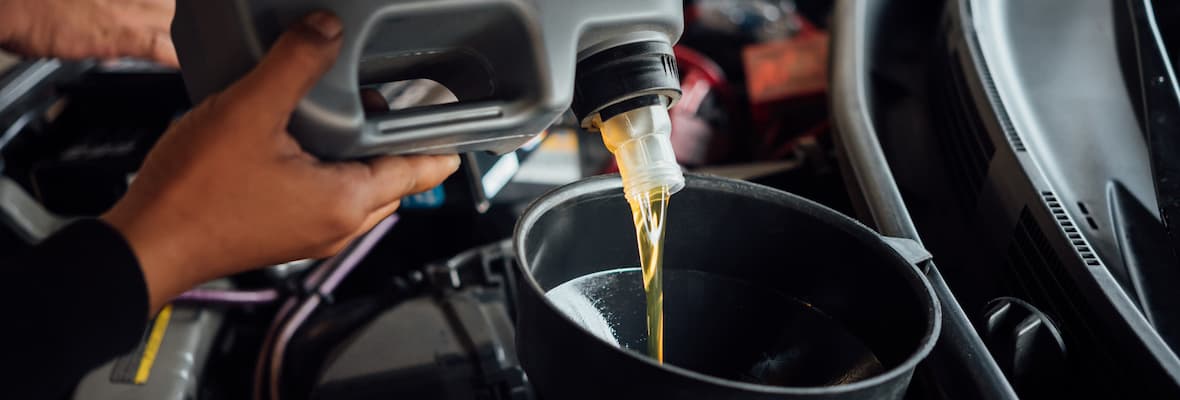Related articles
- How to change a car tyre
- Car maintenance and servicing checklists
- Broken Down Car? Here’s What To Do
- How to change a car battery
- 16 things to put in a car emergency kit
- Roadside assistance buying guide
- What to do if your car breaks down on a highway
- How to get your car unstuck from mud or sand
- Australia Day road trips survey 2021
- Best road trips Australia
- Roadside Assistance Survey and Statistics 2024
- Tips for maintaining your car while not in use
- Warning signs your car might break down soon
- Tyre health survey 2020
- How to get the ideal tyre pressure for your car
- How to transport your bike by car
- Common Roadside Callouts 2025
- Family Road Trips Survey and Statistics 2024
- Road Trip Planner Australia
- When should I get my brake pads replaced?
- How to Check Tyre Tread
- How Often Should You Get Your Car Serviced?
Disclaimer: This information is general in nature only. While Budget Direct has endeavoured to ensure the information we’ve relied on is accurate and current, we do not guarantee it. Budget Direct accepts no liability for this information.
Regularly checking and adding oil to your car is just as important as any other maintenance check. But, knowing how much to add and what type of oil to use can be confusing, especially if you’ve never done it before.
We’ve provided a quick guide and some frequently asked questions on how to check and add oil to your car.
How much oil do I put in my car?
Knowing how much oil to put in your car will not only help to prevent oil spillages but also help to ensure that your car stays up and running.

To understand how much oil you’ll need, pull the dipstick out from the engine. The space between the marks on the dipstick will usually represent 1 litre of oil. This means that if your oil was only half empty then you would only need 500 ml of oil instead of the full litre.
What type of oil should I use?
Once you know how much oil is required, find out what type of oil is recommended by your car’s manufacturer. This can be found in your vehicle’s manual or sourced from your local car dealer or an online repair manual that’s specific to your vehicle.
The type of oil or “weight” of the oil refers to the oil’s resistance to flow (or thickness). This measurement is normally in millilitres-litres and is often found on the front of the product's packaging. The amount of oil you’ll need will vary based on the model and make of your car as well as the size of its engine.
How do I put oil in my car?
Checking your engine oil and topping it up should be a part of regular car maintenance and servicing checklists. This is something you can do outside of services, although you shouldn’t have to top it up every time you check it.
What you’ll need:
- Rubber gloves
- Kitchen towel
- Engine oil
- Funnel
Steps on how to put oil in your car:
- Wait till your car is cool.
- Park your car on flat ground – if your car is parked on a slope then the readings may not be accurate.
- Locate the dipstick – look for a dipstick under the car bonnet that’s brightly coloured with a round or t-shaped handle. Once it's found, remove the dipstick, wipe it clean and re-insert back into place.
- Remove the dipstick again and check the oil level – there are two marks on a dipstick that help to indicate how much oil should be in the engine. Your engine oil level should sit somewhere between the two marks.
- Fill up the oil using a funnel – locate the oil filler cap with the word “oil” on it in your engine bay. Then position your funnel at the top of the spout and pour your oil in. Pour the oil into the funnel slowly and hold the funnel while you are pouring to prevent any oil spillages.
- Restore oil cap and re-test with a clean dipstick.
You’ll want to ensure that you don’t overfill your engine as an escape of oil can eventually lead to engine damage or potentially engine failure.
Even though you can still drive with an oil leak, you may not be covered under your car insurance policy for damage caused by oil spillage.
FAQs
How do you know if your engine oil is low?
Your engine oil may be low if you can smell burning oil, hear strange noises from the engine, have experienced a weaker performance, an overheating engine or seen that the oil pressure warning light is on.
What does a car sound like when it needs oil?
When driving with thin, old, or poorly textured oil your engine may produce a knocking sound while in motion. If the oil has an improper texture then you may also hear a ticking noise as your engine warms up.
What should oil look like on the dipstick?
New, clean oil should look glossy, smooth, and slightly transparent on the dipstick. If the oil is too thick, dark or has particles of dirt in it then it’s time for an oil change.
Related articles
- How to change a car tyre
- Car maintenance and servicing checklists
- Broken Down Car? Here’s What To Do
- How to change a car battery
- 16 things to put in a car emergency kit
- Roadside assistance buying guide
- What to do if your car breaks down on a highway
- How to get your car unstuck from mud or sand
- Australia Day road trips survey 2021
- Best road trips Australia
- Roadside Assistance Survey and Statistics 2024
- Tips for maintaining your car while not in use
- Warning signs your car might break down soon
- Tyre health survey 2020
- How to get the ideal tyre pressure for your car
- How to transport your bike by car
- Common Roadside Callouts 2025
- Family Road Trips Survey and Statistics 2024
- Road Trip Planner Australia
- When should I get my brake pads replaced?
- How to Check Tyre Tread
- How Often Should You Get Your Car Serviced?



